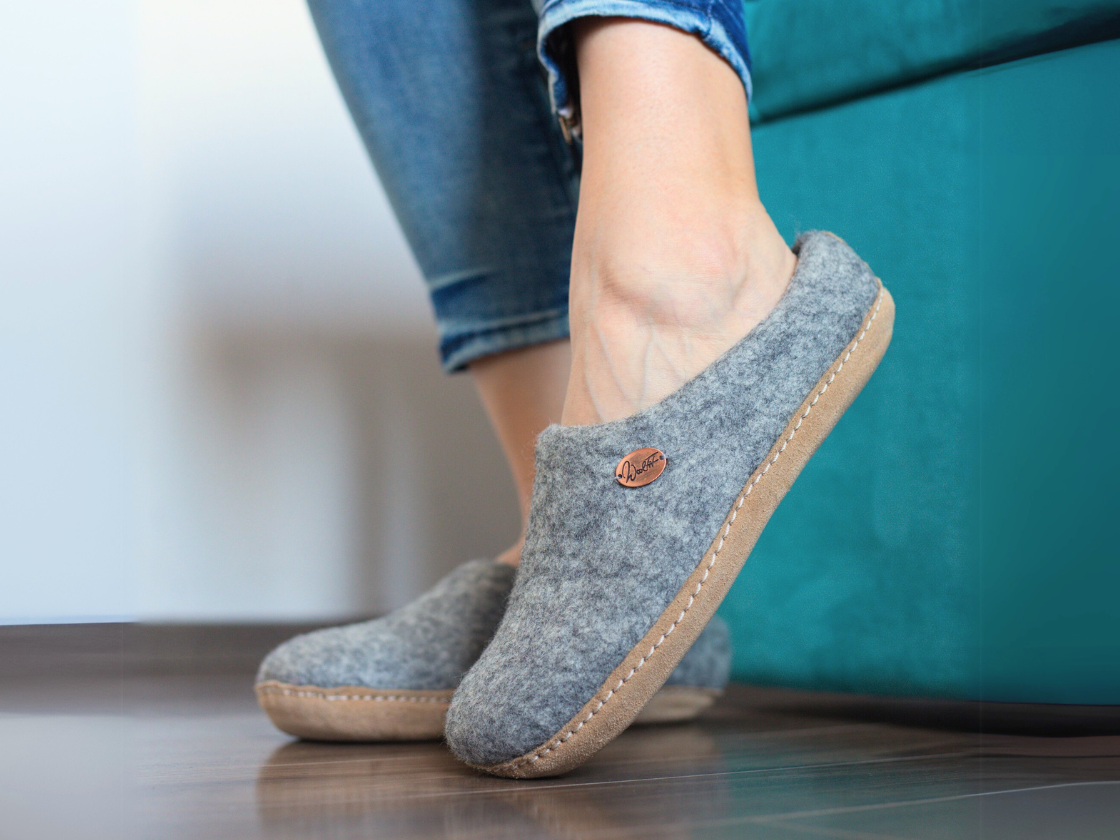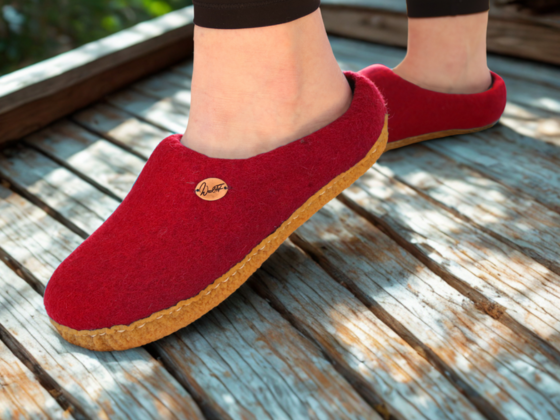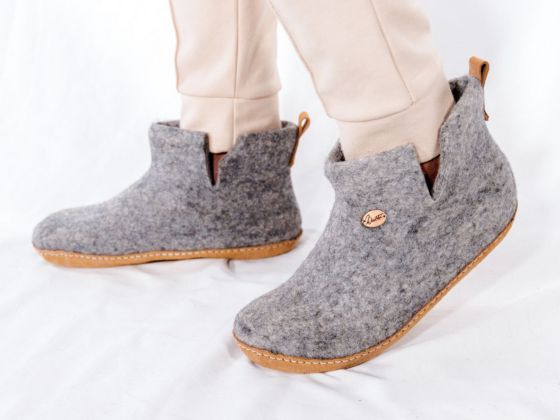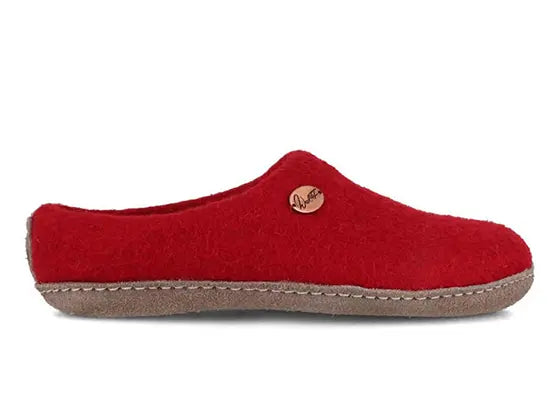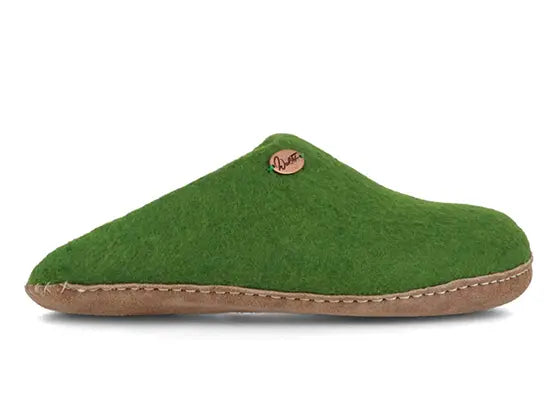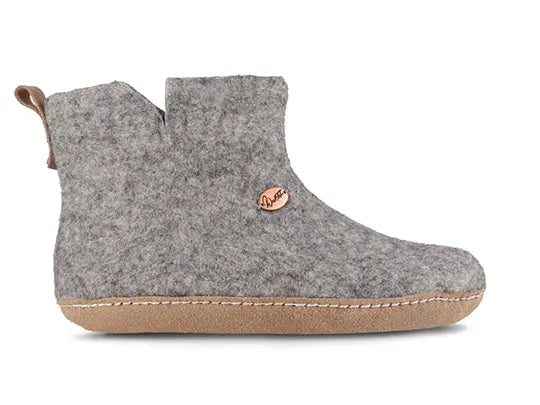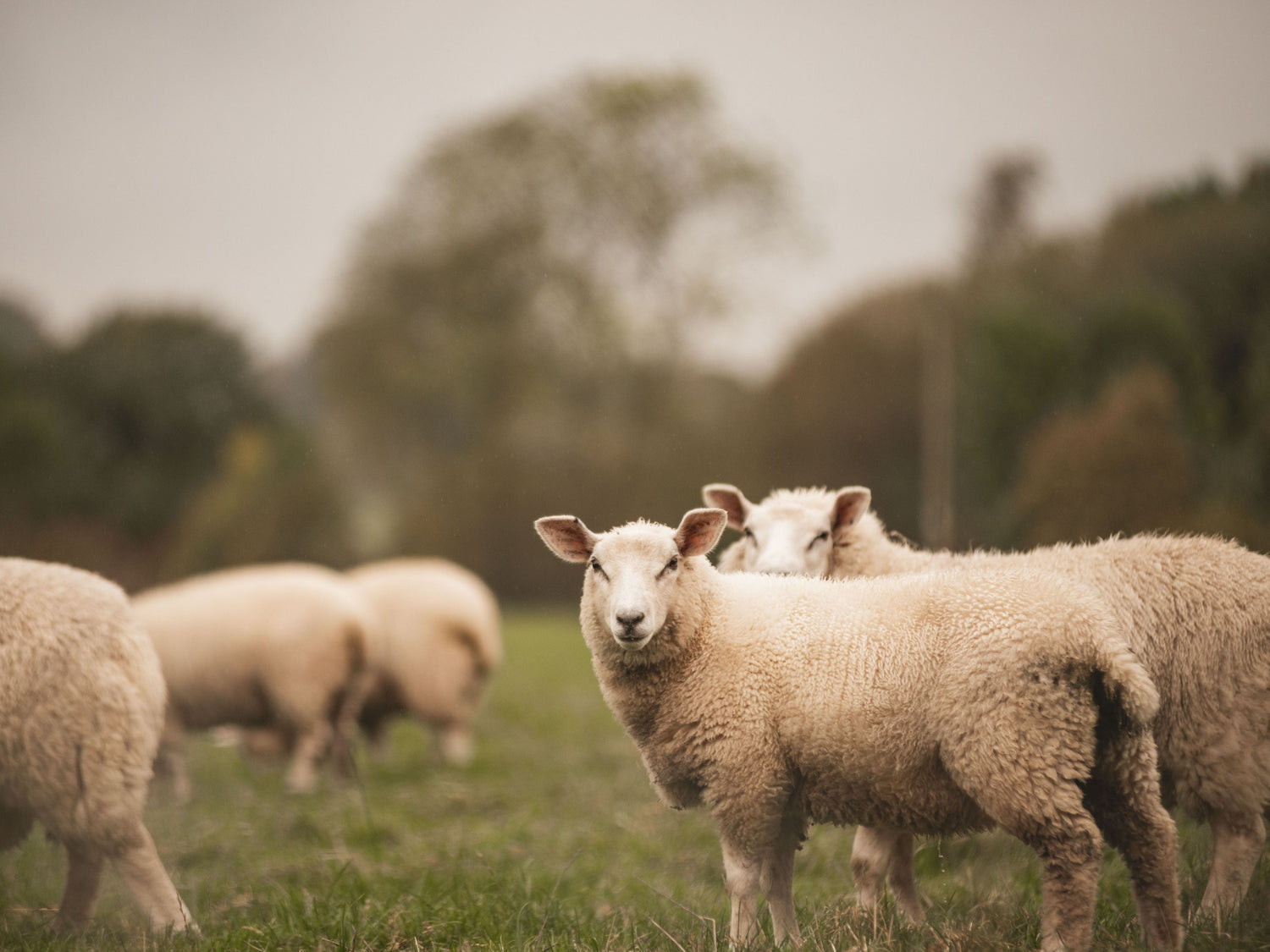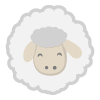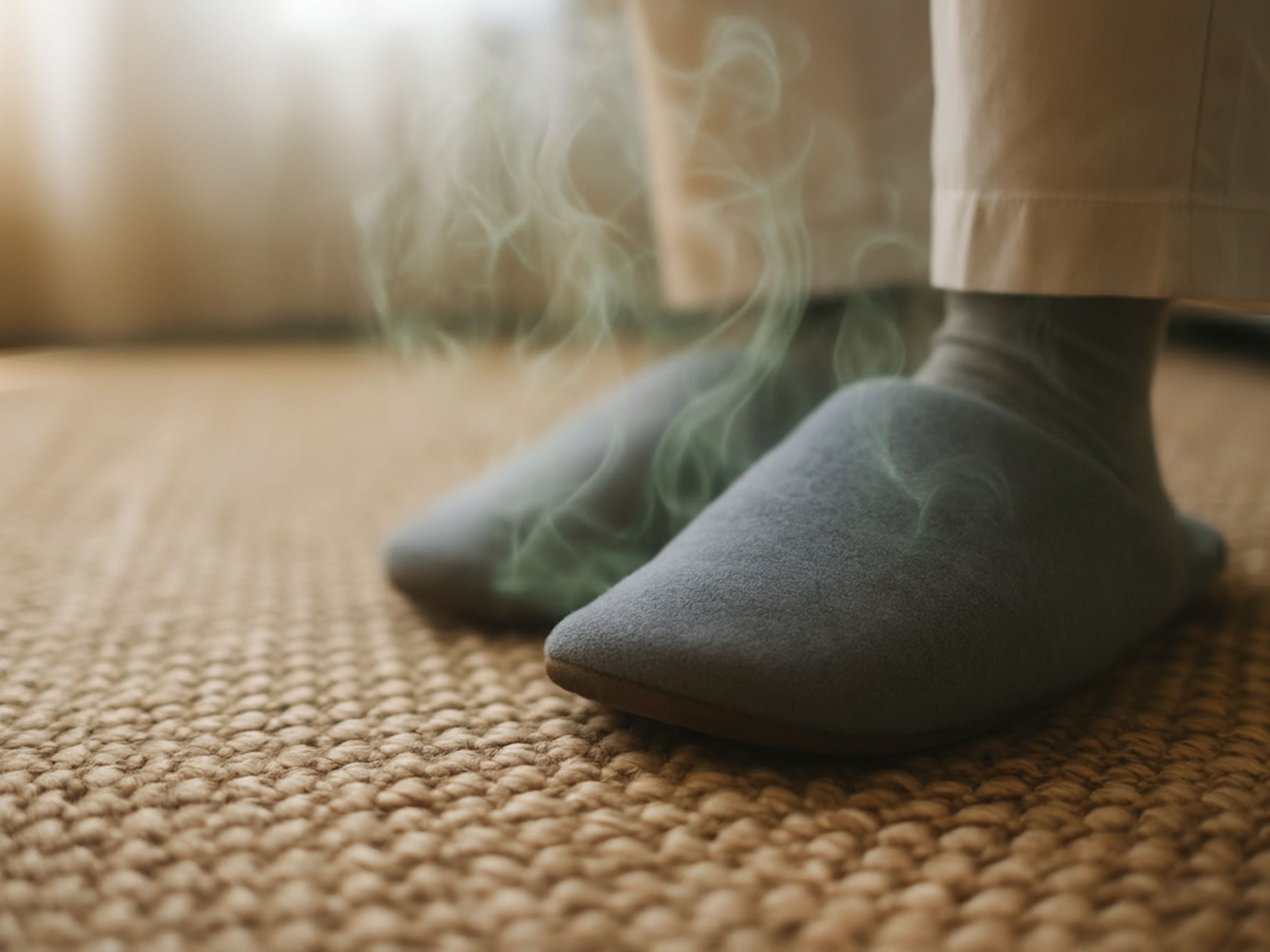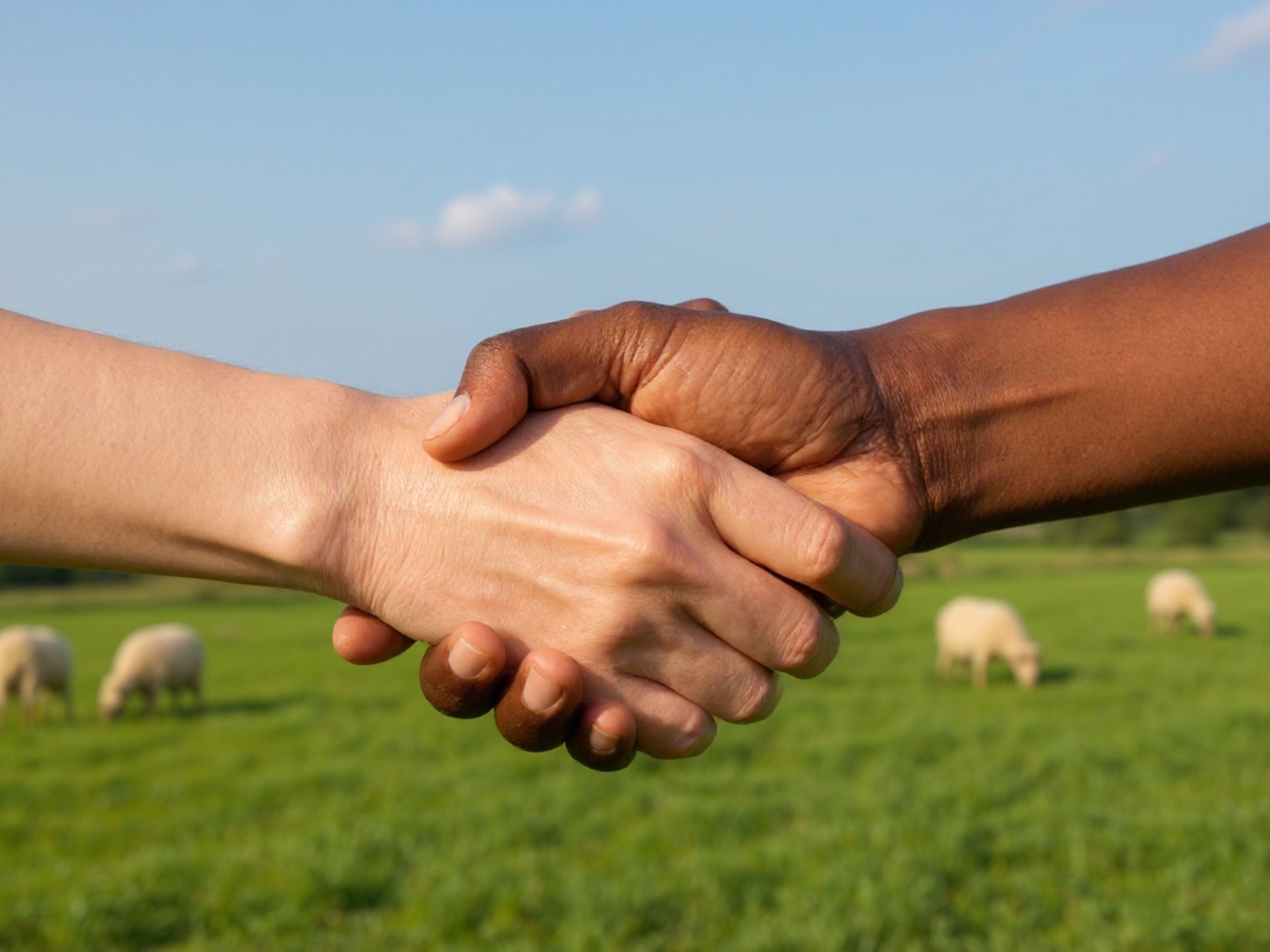Wool is an incredibly versatile raw material that is currently enjoying increasing popularity. Whether sweater, slipper, or even sneaker - more and more manufacturers in the textile industry want to take advantage of the heat-regulating properties of wool.
One reason for the constantly growing demand for wool and felt products is certainly the increased environmental awareness of consumers.
Wool, as a natural, biodegradable material, looks like a prime example of sustainable materials at first glance.
— But how sustainable is wool really?
In the following article, I will go into the ethical and ecological aspects that you should pay attention to if you want to buy wool and felt products with a clear conscience (reading time 5 minutes).
For my research, I consulted a range of scientific articles, including peer-reviewed journals and academic publications, to gather reliable and relevant information.
Ethical aspects of the wool industry:
Wool, as everyone should know, is an animal fiber. The majority of the wool comes from sheep, more precisely the fleece of the sheep. But also from other animals, such as goats (cashmere and mohair), alpacas, rabbits (angora wool) or even yaks and camels. For those who are strictly vegan, wool is therefore usually not an option, but more and more people are choosing their vegan lifestyle for reasons of sustainability and animal welfare. Since no animal usually has to be killed for wool, the origin of the wool is decisive.
Animal welfare problem "mulesing" with merino wool: Merino sheep are known for their particularly cuddly and soft fur. These sheep are highly bred for wool production, giving them a lot of skin for wool to grow on. However, parasites such as fly maggots often nest between these flaps of skin in the area of the tail. During mulesing, these flaps of skin are removed.
So mulesing is a kind of pruning to get rid of the problems caused by overbreeding. It is mostly performed on young animals because their wounds heal faster. There is no question that this is a traumatic experience for the young animals. Of particular concern is that the operation is traditionally performed without anesthesia.
90% Merino wool comes from Australia, where mulesing is still practiced. If you want to be sure that you buy mulesing-free merino wool, you have to pay attention to the relevant certificates or to the country of origin, since mulesing has now been banned in New Zealand, for example.
Animal welfare must also be taken into account when shearing the animals. Especially with breeding sheep that have been optimized for wool production, it is difficult to shear the animals without injuring them. With normal sheep, on the other hand, it's like going to the hairdresser's. A good clipper can be recognized by the fact that the fur is still attached in one piece, as can be seen in the picture.
Sheep are sheared once a year between May and July. This is necessary because otherwise the coat will become too long and dirt will get caught in the wool, which can cause illness or discomfort in the sheep.
Ecological aspects:
— What is more sustainable, wool or cotton? Which of the two natural raw materials has the smaller ecological footprint?
In order to answer this question one has to say unequivocally: it depends! Because here, too, the origin and the way of extraction is decisive.
For example, one of the largest global producers of cotton is Uzbekistan. The dry and hot climate is ideal for the growth of cotton plants, however, since it is actually a rainforest plant, it requires a huge amount of water to grow.
To irrigate the cotton plants, water was taken from the Aral Sea, which initially held 125 times as much water as Lake Constance. In the meantime it has shrunk by half and the water is saltier than sea water, so that the population has hardly any drinking water. In addition, enormous amounts of fertilizers and pesticides are spread on the fields. According to projections, a total of around 2,500 liters of water are used for a T-shirt.
— But how does wool compare?
That depends entirely on the type of husbandry and the agricultural purpose. Factory farming in dry Australia also requires enormous amounts of water - even more than for cotton. With traditional sheep farming, where the shepherds move from pasture to pasture with their sheep, everything remains in the cycle.
Grass areas grazed by sheep are even healthier as the sheep eat the weeds and strengthen the soil layer.
For our WoolFit slippers, for example, we get some of our wool from Nepali shepherds who keep their animals in the traditional way of nomads.
The wool is only a by-product here, since meat is traditionally very high on the nomad menu. Until there is a rethink in this regard, wool will continue to be a by-product of breeding.
In this context, wool can certainly be described as a very sustainable raw material. In any case, it is important where and how the wool is produced. You can also buy German wool with a clear conscience, the mass product from Australia with a certain aftertaste. In any case, the materials used in the textile industry should be valued more.
I hope I was able to give you a comprehensive overview of the topic. For a final "sustainability decision" there are certainly other factors, such as the lifespan of the products, the methane emissions from sheep (approx. one tenth of the emissions from cows), or the regionality. It is certainly more sustainable to buy German wool than wool from Nepal or New Zealand, but at WoolFit, we also want to support the people of Nepal who have specialized in the manufacture of wool and felt products for centuries and have depended on this sector. Our goal is to live the idea of sustainability holistically in an economic context.


